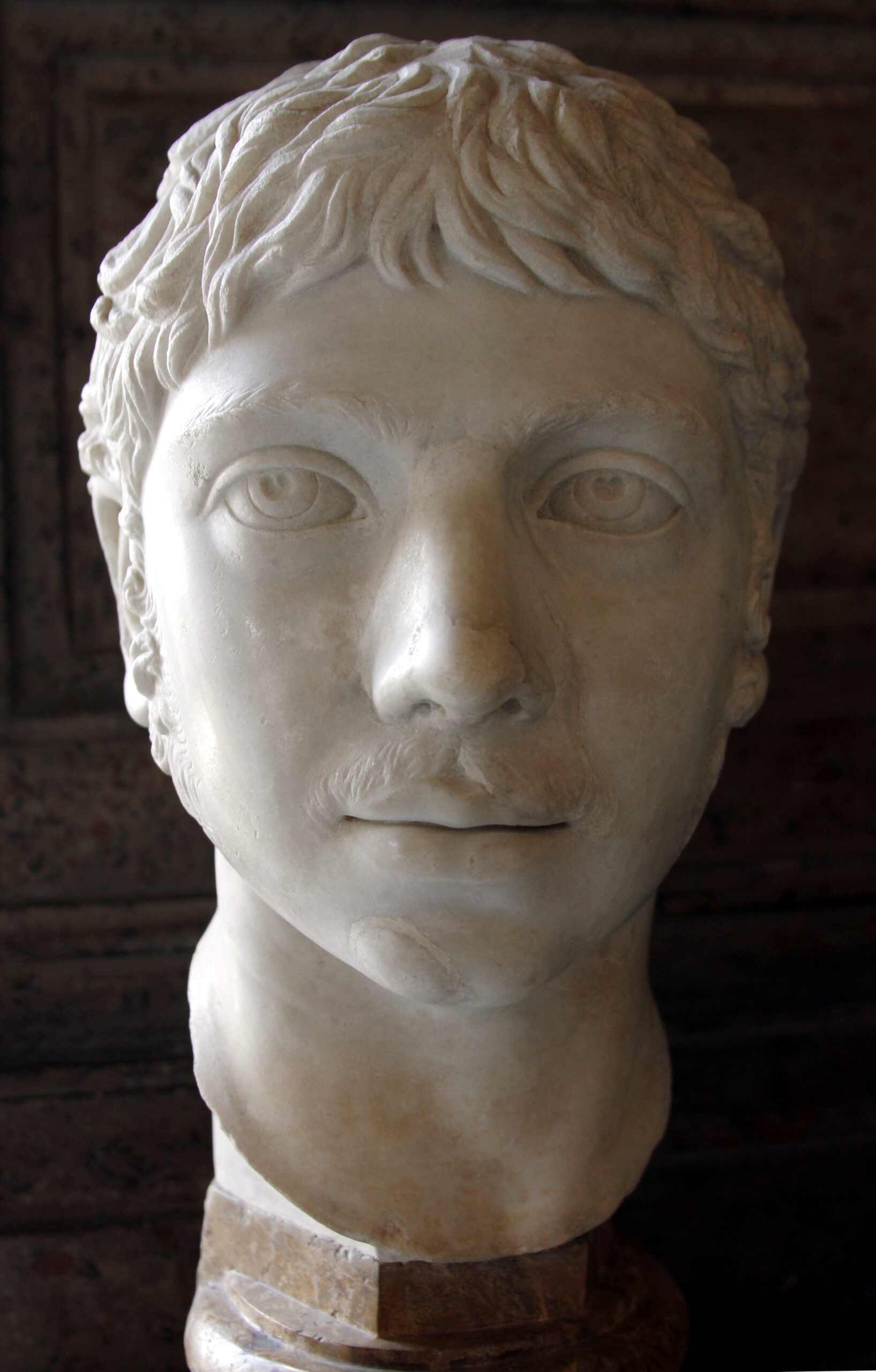In the ancient land of Egypt, during the reign of Ramesses III, a fascinating and unusual practice emerged concerning the penises of deceased soldiers. This unconventional tradition was implemented due to the pharaoh’s distrust in some members of the army.
In the year 1182 BC, Libyans, and other allies had invaded Egypt, but Ramesses III’s army successfully defeated them. After the battle, the pharaoh became suspicious of some soldiers’ claims regarding the body parts they presented as proof of their bravery. Though traditionally hands were presented, Ramesses guessed that some men might present female hands, falsely representing them as those of enemy soldiers.
To rectify this situation, Ramesses III requested that male genitalia be presented instead. This practice derived from the belief that the penis contained vital force, also known as sekhem, which soldiers could potentially use to protect themselves in future battles.
The demand for foreskins seemed to have been a novel concept in the ancient Egyptian military. The inscriptions describing Ramesses III’s victory over the invaders vividly depicted the accumulated piles of body parts, highlighting the choices that the soldiers encountered.
In the medinet Habu Mortuary Temple, one can find carvings and depictions chronicling the battle. The inscriptions describing this skirmish displayed numbers that could be interpreted in two different ways. There were a total of 12,535 foreskins, as well as hands, and images of piles of body parts in the temple. Due to the ambiguity of the inscriptions, some scholars presume that the 12,535 foreskins could refer to the number of men who died. Other choices render the number an aggregate of hands and foreskins presented.
Despite this touching feature, it is equally essential to understand that Ramesses III’s demand for foreskins had vivid symbolic meanings in the authoritative hierarchy of ancient Egypt. It not only served as an act of preservation for the decedents but also as a pharaonic gesture that conferred supernatural prowess on the army.
In ancient Egypt, the virility of an individual was linked to spiritual life, where the disinterment of the foreskins, after a man’s death, was taboo. This prohibition served twofold purposes; firstly, it was an opportunity to avenge deceased men against their slayers by preserving the sacred sekhem in their foreskins, reminding the living of the soldier’s ultimate self-sacrifice in life and death. Secondly, it was a way to reserve the new life connected to the foreskin, which could subsequently be utilized by the deceased in the afterworld.
Severing and collecting foreskins came with complications, not addressed in tribal societies, including those in ancient Egypt. The genital area was a sensitive region that also served as a clear entryward to crucial bodily fluids rich in libido and nutrition. The army’s deployment without medical specialists could lead to the potential for transmissions of sexually transmitted diseases (STDs) by accidental cuts or direct contact with tissue during collection.
In conclusion, Ramesses III’s demand for male genitalia was more than an affirmation of sekhem; it was an assertion of authority, an authoritative display that embodied the pharaoh’s sacred power over the empire while exhibiting the sacrifices of his army in spectacular fashion. This uniquely Egyptian tradition evidences the vivid beliefs, rituals and cultural practices of the times, highlighting the choices that the soldiers encountered long before the standards of current tribes regarding payment or recognition for military service were established.



